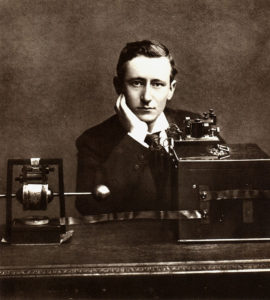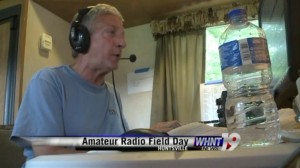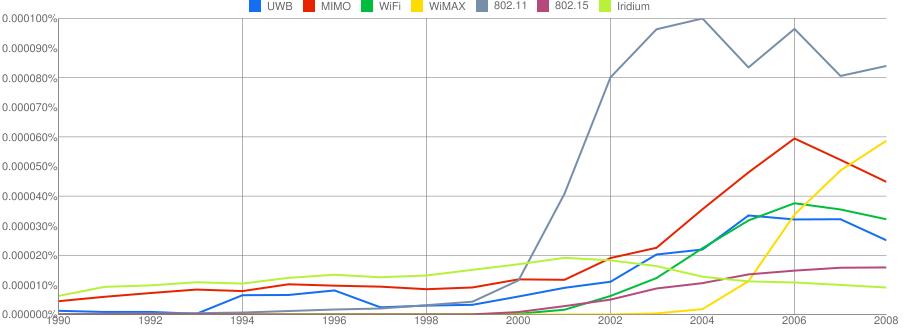
Steven Dufresne at Hackaday has another great piece up on the history of the capacitor, from the spark gap days, to the present.
One such practical use was in Marconi’s wireless spark-gap transmitters starting just before 1900 and into the first and second decade. The transmitters built up a high voltage for discharging across a spark gap and so used porcelain capacitors to withstand that voltage. High frequency was also required. These were basically Leyden jars and to get the required capacitances took a lot of space.
But the real value in his piece lies in his excellent discussion of the development of modern capacitor technology:
In the 1920s silver mica capacitors were developed, ones where the mica is coated on both sides with the metal, eliminating the air gaps. With a thin metal coating instead of thicker foils, the capacitors could also be made smaller. These were very reliable. Of course we didn’t stop there. The modern era of capacitors has been marked by one breakthrough after another for a fascinating story. Let’s take a look.
Dufresne’s story links through to a fascinating discussion of the industrial espionage behind the billion dollar “capacitor plague:
What became known as the “capacitor plague” occurred during the years 2000 to 2005, possibly due to the use of a stolen recipe but without certain stabilizing substances leading to premature failure.
If you’d like to learn more about the many types of capacitor technology:
- Mica
- Cermaic
- Aluminum Electrolytic
- Tantalum Electrolytic
- Polymer Film
- Double-Layer “Supercapacitors”
I heartily recommend Dufresne’s insightful writing.
See also, my post, “The Tin Disease,” for description of a similar “plague” impacting solder.



